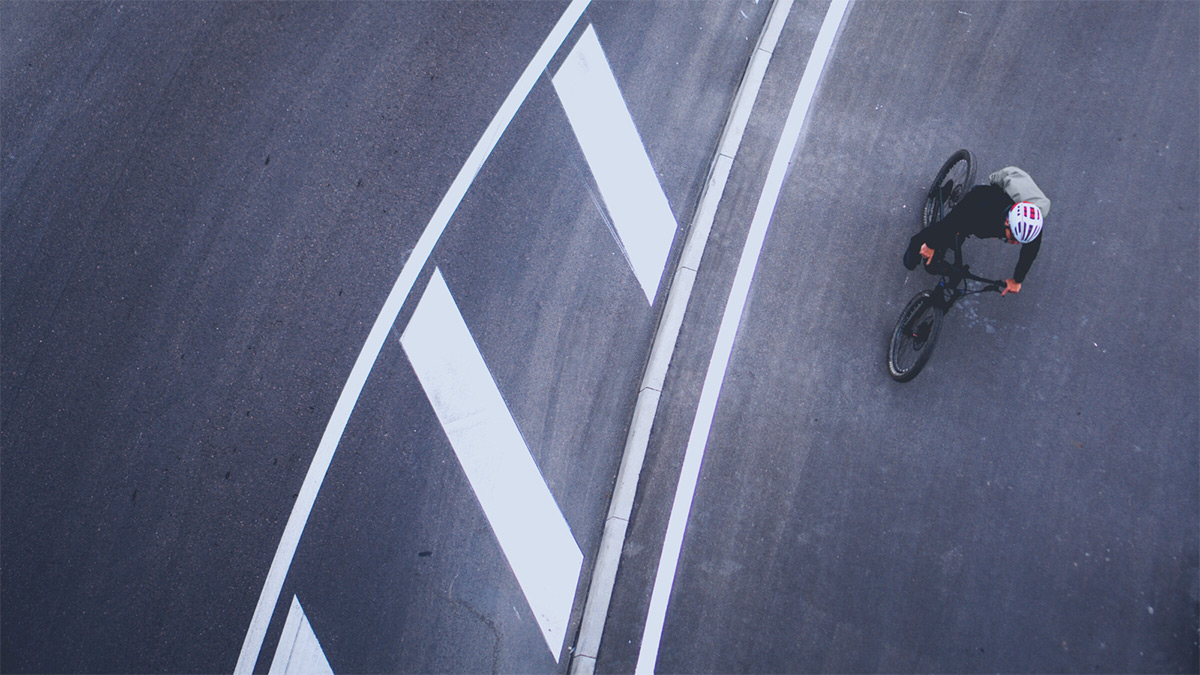How do you define “traffic?” If you’re like most Americans, you picture taillights, turn signals, and exit-only lanes. This is understandable. In the 20th century, planners built or redesigned almost all of our roads, streets, and bridges with pavement markings to serve motorized vehicles.
21st century planners have been busy reimagining our roads and streets. It’s part of the “Complete Streets” movement, and it focuses on making our roads safer for motorized vehicles along with other forms of travel, including bicycling and walking.
Statistics Show a Rise in Pedestrian and Cyclist Deaths
The Centers for Disease Control and Prevention estimates 13,000 bicyclists are involved in motor vehicle crashes, killing about 1,000 Americans each year.
Over 7,500 pedestrians are estimated to have died after being struck by cars in 2022, the Governors Highway Safety Association reports.
Complete Streets can help. They separate vehicle traffic from other forms of transportation by adding wider sidewalks, bike lanes, dedicated bus lanes, more pedestrian crossing areas, curb extensions, and median islands.
Complete Streets Aren’t Always Wider Streets
By reducing the number of vehicle lanes in an existing thoroughfare, cities and counties can enhance an existing street without acquiring new rights of way, making Complete Streets more affordable for local governments.
In these cases, the existing strip of pavement is reimagined through the use of clean and effective pavement marking into a multi-faceted public space where motorists, cyclists, rollerbladers, wheelchair riders, skateboarders — and any other legal form of transportation imaginable — can move better together.
Complete Streets can Reduce Speeds, Too
Simultaneously, Complete Streets are lowering vehicle speeds in high-traffic areas. This is important because speed is a huge factor in the severity of collisions.
A study from the National Transportation Safety Board shows that someone struck by a car traveling at 16 mph has a 10 percent chance of suffering severe injuries. At 46 mph, the chance of severe injury jumps to 90 percent.
Quality Road Striping Makes it All Work
Whether they slow down or simply rearrange traffic, Complete Streets won’t work without professional pavement markings to organize our paved spaces. InfraStripe’s family of traffic safety companies are well equipped to help city and state governments throughout the nation make streets and roads safer for all forms of travel.
The goal of Complete Streets aligns perfectly with InfraStripe’s core value of making our nation’s roadways safer for everybody. Complete Streets are paving a path toward a safer future for all travelers. At InfraStripe, we’re proud to partner in this change.
